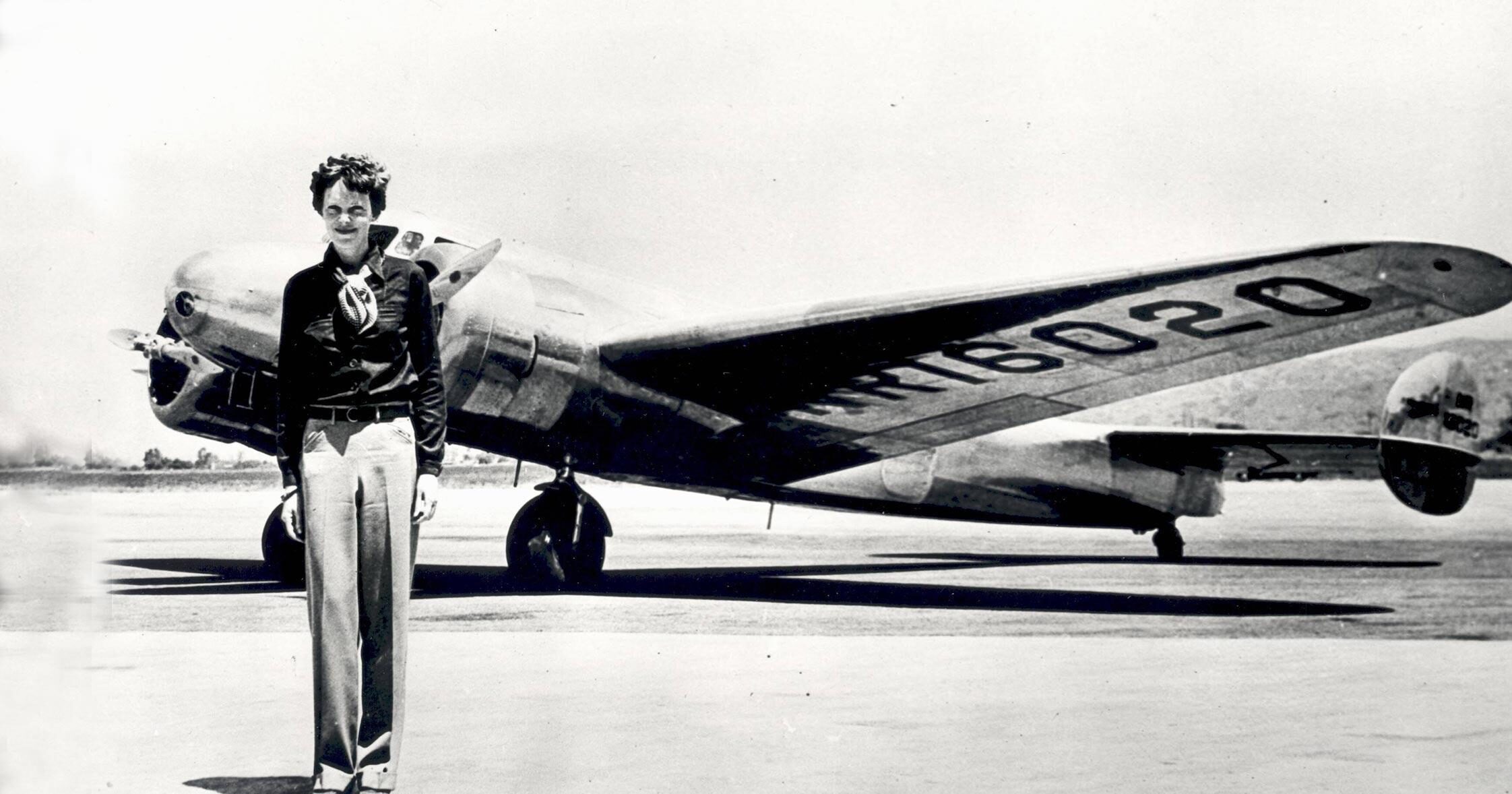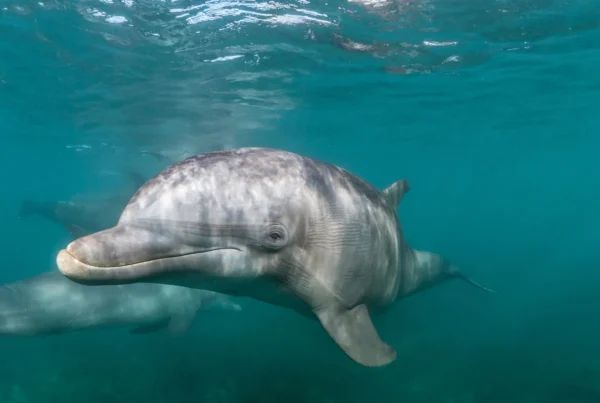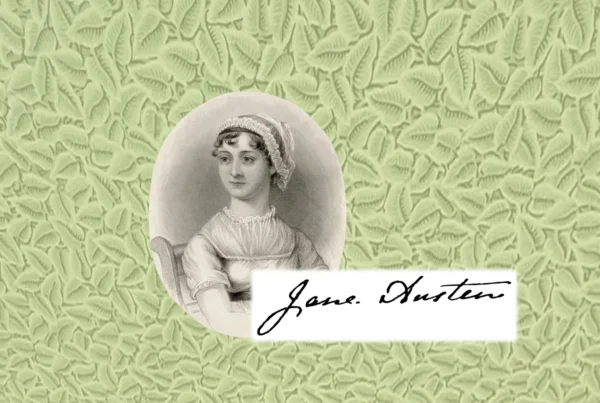Earhart is best known for setting flying records and championing the inclusion of women in aviation. She became the first female pilot to fly solo across the Atlantic Ocean, but 90 years since her historic solo flight, women in aviation still remain drastically underrepresented in the cockpit.
Roxana Tompea, 7 June 2022
On May 20, 1932, Amelia Earhart set off from Harbor Grace, Canada aiming to reach Paris. Due to poor weather and technical issues, she landed on May 21 in Derry, Northern Ireland. “When Amelia landed here, no one had ever seen a woman driving a car, let alone flying an airplane or wearing trousers,” said Nicole McElhinney, co-founder of the Amelia Earhart Legacy Association. But how much has society progressed since Earhart’s days of glory?
The 1920-1930s was a period when many women became pilots as a result of a relentless women’s movement and the need for the aviation industry to fill its empty cockpits. Since Earhart’s days, the ratio of men to women pilots has plunged. In 2021, out of 720,605 eligible piloting personnel, only 64,979 (roughly 9%) were women. This comes at a time when, in the US alone, out of 111,833 flight attendants, 75% are women.
In the 1930s, aviation was cutting edge technology and Earhart’s legendary feat advanced aviation to new heights. Although airplanes were practical, reliable, and fast, the general public remained skeptical. To address common misconceptions about flying, the industry turned to a woman – if a woman could do it, anybody could.
Born in Kansas on July 24, 1897, Amelia Mary Earhart had an unconventional upbringing. Her hobbies included climbing trees and hunting small animals. During WWI she volunteered as a nurse for the Red Cross in Toronto, Canada. While in Toronto, the Royal Flying Corps airplanes captured her attention. She took her first airplane ride in 1920, and in January 1921, she had her first flying lesson with female flight instructor Neta Snook. It took Earhart only six months to buy her first plane – a two-seater, second-hand, yellow Kinner Airster aka “the Canary.” In her Canary Amelia set her first record by ascending to an altitude of 14,000 feet (approx. 4,267 meters). Her series of historic flights and records continued throughout the 1920-1930s. When asked about the hazards of flying, she replied: “I am quite aware of the hazards. Women must try to do things as men have tried. When they fail, their failure must be but a challenge to others.”
One afternoon in April 1928, she received a call to join pilot Wilmer (Bill) Stultz and co-pilot Louis (Slim) Gordon in their undertaking to fly across the Atlantic. The three departed from the US in June 1928 and landed 21 hours later in Burry Port, Wales. In doing so, Amelia became the first female pilot to cross the Atlantic Ocean. The landmark flight was even more spectacular considering that, in the same year, three pilots died trying to become that “very first woman.”
Her incredible feat was celebrated in New York, and it continued in 1932 with another record when Amelia became the first woman (and second pilot after Charles Lindbergh) to fly solo across the Atlantic. Later that same year, Earhart made her first solo nonstop flight across the United States. Within only three years, she successfully became the first pilot to fly solo from Hawaii to the US Mainland in one go.
Apart from her piloting achievements, Amelia championed other women rights issues in male-dominated industries and in particular the aviation industry. She helped found an organization of female pilots later called “Ninety-Nines.” Soon more women pilots followed Earhart’s example and entered other technical areas.
In 1937 the 40-year-old Earhart had one challenge remaining – to be the first woman to fly around the globe. “I have a feeling that there is just about one more good flight left in my system, and I hope this trip is it,” she said. She paired with navigator Fred Noonan with whom she had flown to South America, Africa, and Southeast Asia.
After approximately 35 400 km, the pair reached Lae, New Guinea, and had 11 265 km remaining to reach Oakland, California. The inaccurate maps (a common issue at that time) and the lack of communication were taking their toll. In the spur of the moment, all unessential items were thrown overboard which gained them an extra 440 km. Despite ideal weather conditions, the two flew into overcast skies and sporadic rainfalls. With irregular radio transmission and difficulty in following celestial navigation (Noonan’s main tracking method), Earhart gave her last radio message, stating, “we are running north and south.” They were never found.
Amelia’s Earhart’s ground-breaking achievements in the aviation industry, coupled with an ambitious drive to encourage and promote women, live on. Her pioneering spirit is an example of what women can achieve despite the odds. In 1968, 31 years after her mysterious death, she was enshrined in the National Aviation Hall of Fame. To this day, she is one of the most celebrated aviators in history.







